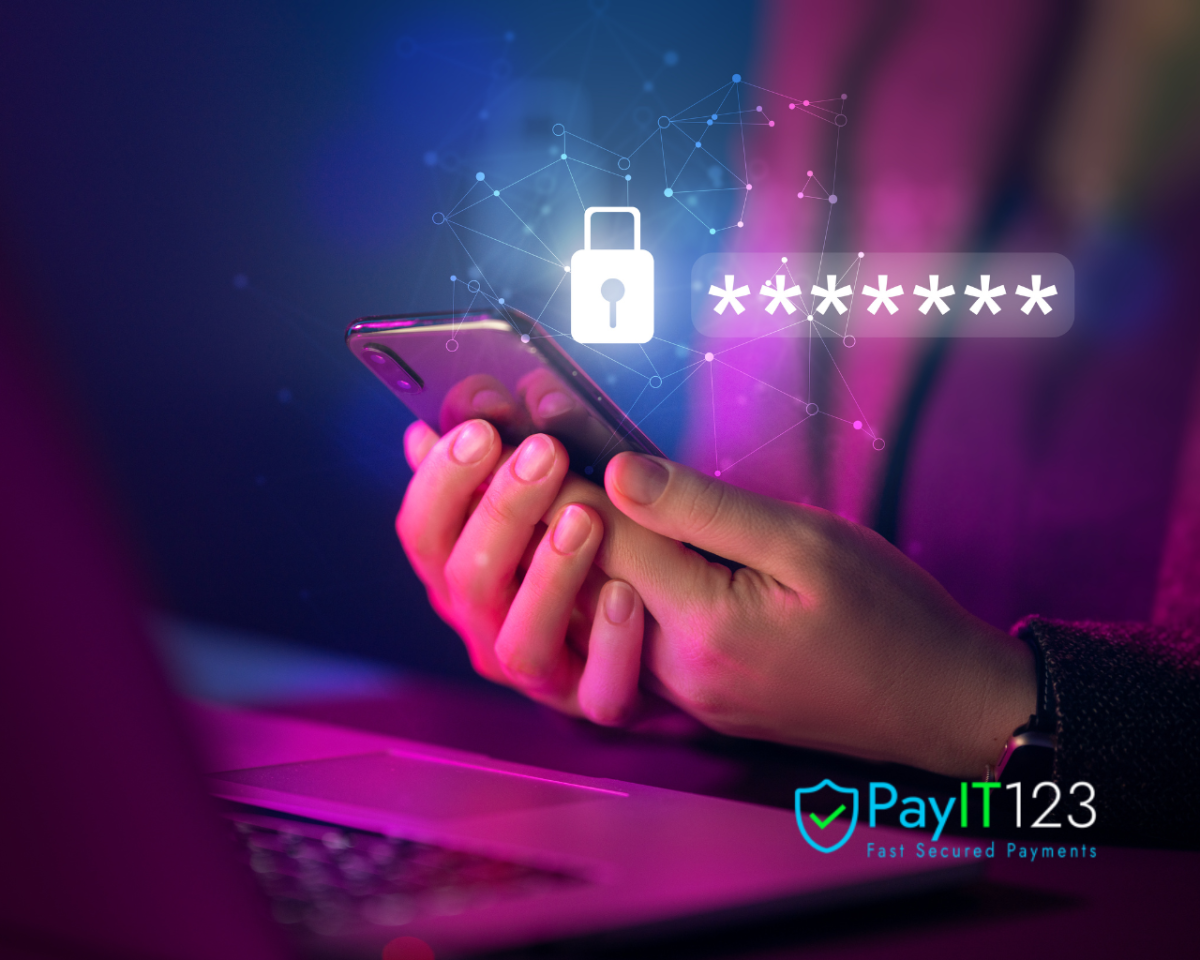Introduction
This blog discusses the importance of implementing and managing essential security measures for businesses to ensure the safe use of payment links, protecting both customers and their reputations.
1. Choose a Trusted Payment Provider
The foundation of secure payment link usage begins with selecting a reputable and trusted payment provider. Research and choose a provider that complies with industry standards for security, such as PCI DSS (Payment Card Industry Data Security Standard) compliance. Popular payment providers like PayPal, Stripe, and Square have robust security measures in place to protect customer data.
2. Implement SSL Encryption
SSL encryption is crucial for safeguarding sensitive information transmitted between a customer’s browser and a website. It’s visible in URLs with “https://” and a padlock icon in the browser address bar, encrypting sensitive data like credit card details and preventing unauthorized access by third parties.
3. Utilize Tokenization
Tokenization is a security technique that replaces sensitive payment data with a unique identifier called a token. When a customer makes a payment using a payment link, their payment information is replaced with a token, which is stored securely by the payment provider. This reduces the risk of exposing sensitive data in the event of a data breach.
4. Enable Two-Factor Authentication (2FA)
Two-factor authentication adds an extra layer of security by requiring users to provide two forms of identification before accessing their accounts or completing a transaction. Implement 2FA for accessing your payment provider account and encourage customers to enable 2FA for added protection against unauthorized access.
5. Regularly Update Software and Systems
Keep your website platform, payment processing software, and any related systems up to date with the latest security patches and updates. Software updates often include fixes for known vulnerabilities that could be exploited by cyber attackers. Regularly check for updates and apply them promptly to minimize security risks.
6. Monitor for Suspicious Activity
Monitor your payment processing activity for any signs of suspicious or unusual behavior. Look out for unexpected spikes in transaction volume, repeated failed transactions, or unusual login attempts. Implement automated monitoring tools that can detect and alert you to potential security threats in real time.
7. Educate Employees and Customers
Provide training and education to your employees on security best practices, including how to recognize phishing attempts, avoid clicking on suspicious links, and handle sensitive customer data securely. Additionally, educate your customers on how to identify secure payment links and recognize potential scams or fraudulent activity.
8. Regular Security Audits and Assessments
Conduct regular security audits and assessments of your payment processing systems to identify any vulnerabilities or weaknesses. Engage with third-party security experts to perform penetration testing and vulnerability assessments to ensure that your systems are secure from potential threats.
Conclusion
To ensure secure payment links, businesses should adopt a proactive approach to security, involving technical measures and employee awareness. This will protect customer data, prevent cyber threats, and build trust. Prioritizing security at every step ensures a seamless payment experience.
#PaymentSecurity #Cybersecurity #OnlinePayments #SecureTransactions #DataProtection #PaymentProcessing #BusinessSecurity #FraudPrevention #CustomerTrust #PaymentLinks

